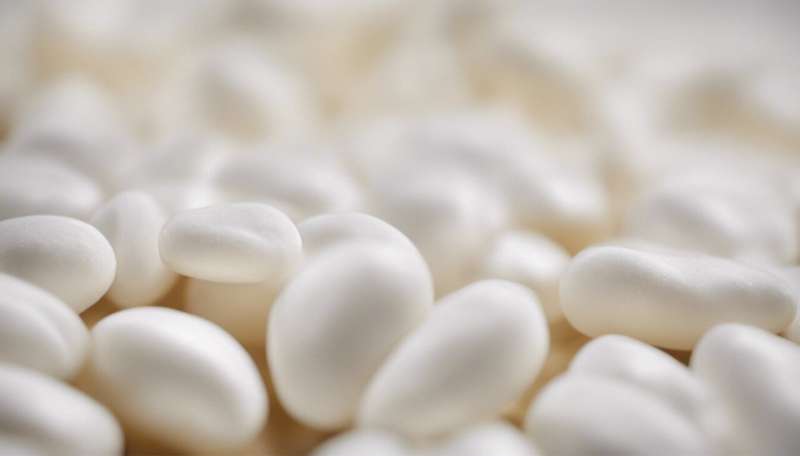Molecular simulations explain how enzymatic pumps transport calcium ions within muscle cells

The transport of ions is essential for the routine maintenance of the body. For this reason cells contain specialized enzymes that act as pumps that help ions to move around and pass through boundaries.
Now, Yuji Sugita at the RIKEN Advanced Science Institute in Wako, Japan, and colleagues have used computer simulations to explain how one particularly important pump enzyme, Ca2+-ATPase, transports calcium ions in muscle cells.
“The calcium ion pump is an essential membrane protein that can transport Ca2+ ions across biological membranes against a large concentration gradient,” explains Sugita. “It is believed to be related to some human heart diseases because there are large concentrations of the pump in the cell membranes of the heart, and the calcium ions work as messengers in muscle cells.”
Specifically, each molecule of Ca2+-ATPase transports two calcium ions at a time from a cell’s cytoplasm into the sarcoplasmic reticulum (SR), a subcellular structure devoted to regulating calcium levels. By this method the SR releases calcium ions when muscles are contracted, then reabsorbs them when muscles are relaxed.
Previous research has shown that Ca2+-ATPase on the SR membrane functions by switching between two states. First the binding sites face outwards and have high affinity for calcium in order to ‘gather’ ions from the cytoplasm. Then they face inwards and lose their affinity, thus releasing the ions into the SR.
To investigate exactly how this switching mechanism works, Sugita and colleagues focused on the role of a glutamate called Glu771, which is often found near the calcium binding sites. Studies have shown that when Glu771 is removed by mutation the calcium pump loses all its calcium-binding ability.
The researchers ran molecular dynamics simulations for both normal and mutant versions of the calcium pump. Their results revealed that the presence of Glu771 prevents water molecules from interfering at the binding site (Fig. 1). In the Glu771 mutant, this system breaks down and the binding sites get flooded with water.
This is the first time that research has indicated a relationship between calcium binding and the shielding of water, the team notes. Sugita is hopeful that with the help of more powerful computers, he and his colleagues could soon simulate a full enzymatic cycle of the calcium pump.
“We are developing new algorithms that combine all-atom and coarse-grained models,” he says. “Using such multi-scale simulation methods, we hope to elucidate further molecular mechanisms of ion uptake by the calcium pump or other ion pumps.”
More information: Sugita, Y., et al. Relationship between Ca2+-affinity and shielding of bulk water in the Ca2+-pump from molecular dynamics simulations. Proceedings of the National Academy of Sciences USA 107, 21465–21469 (2010).
Provided by RIKEN















